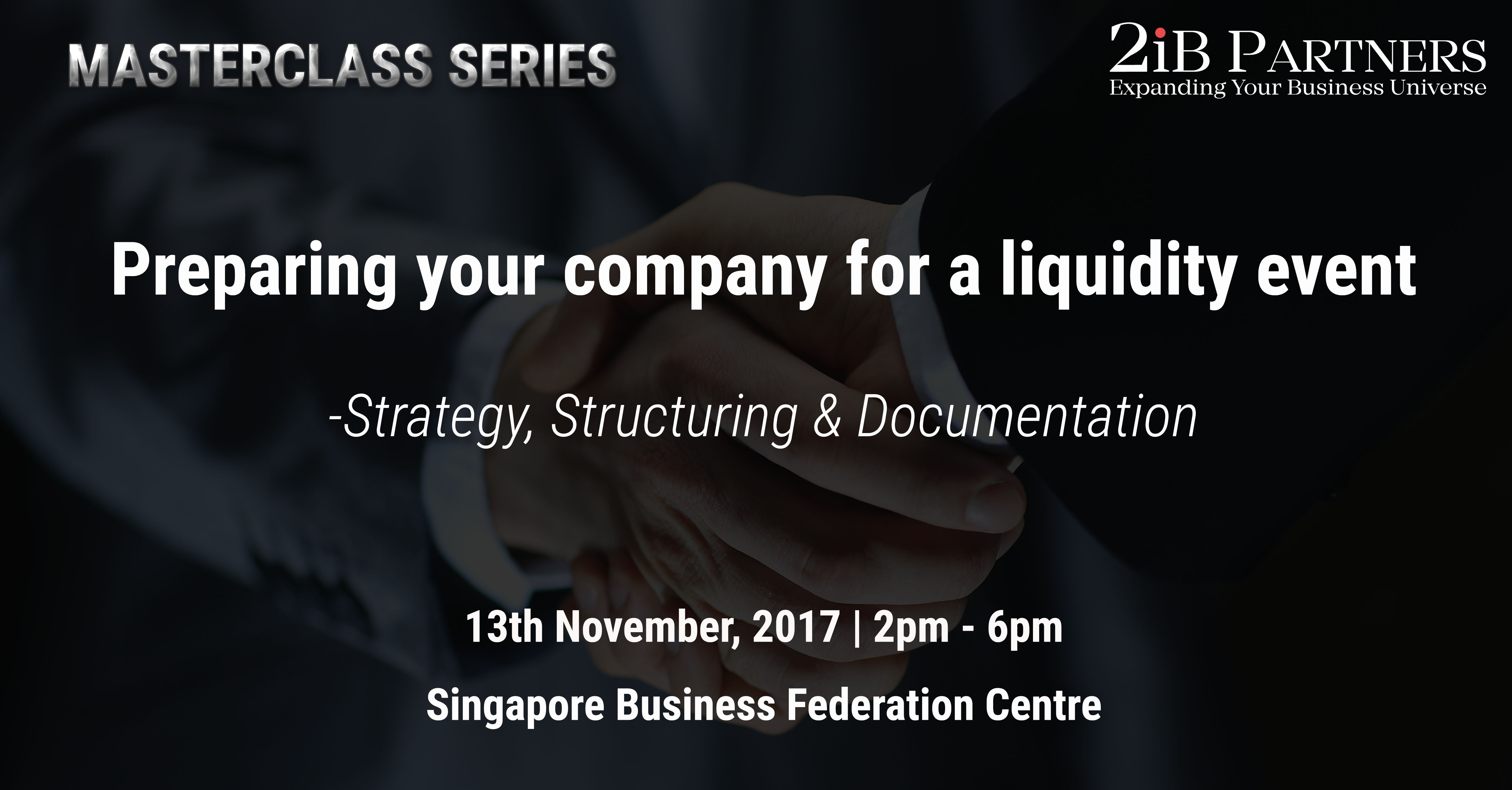The future is now. Well, in some cases, the future is past. The sci-fi movie Blade Runner, made in 1982 and 2017, set the future in 2019. It got some things right (or at least headed that way in terms of flying cars and “android” helpers) and some things wrong (like...

Mergers & Acquisitions – simplified. Or, a practical guide
The term “Mergers and Acquisitions (M&A)” is generally used in one breath, but they are different. Let us go back to basics.
A merger means 2 companies combine to become one with some legal variations where one company loses its identity, or share the identity or create a new one. Though mergers are between companies, in some cases the Government may help facilitate a merger by passing a law. This is rare and controversial.
An acquisition means purchasing of assets of another entity. The assets could be shares in whole or part, business, property or combinations of them. However, in this case, the acquiring entity is the dominant one.
The philosophy for both may be for growth and size. The reasons may be taking advantage of a bigger name, market access, clearing past mistakes, pool resources, reboot the respective businesses, combining products or simply to be bigger.
The risks of M&A have been covered in an earlier article When Mergers & Acquisitions Don’t Work. In addition to the problems listed there, there are also legal risks of anti-trust and anti-monopoly laws in large M&As.
M&A process
- Strategy
- Identification
- Preliminary Due Diligence
- Expressions of Interest
- Detailed Due Diligence
- Definitive Documentation
- Post M&A
1. Strategy:
M&A begins with an idea in a company that helps it increase market share and access, talent acquisition, product or technology acquisition, growth and size. Each of these deal drivers help narrow down the potential target companies and the regions they operate in. The prepared profile also helps in the preliminary due diligence.
At this point, it is also important to know the type of company to be added to the company’s portfolio. Whether there is a philosophical fit and proper post-integration timelines have been added.
Why M&A:
- Why and what are you acquiring?
- Boosting current performance
- Acquiring resources, premium pricing
- Acquiring resources, lower cost
- One-stop shop
- Reinventing business model
- Acquiring a disruptive business model
- Acquiring to decommoditize
- Paying the right price
- Avoiding integration mistakes
2. Identification:
In line with strategy, identification of potential companies for a merger or an acquisition by a company takes place. Identification can be conducted by business and management consultants, investment bankers, business brokers, lawyers, accountants or simply, by the company/individual itself.
Most target companies that are amenable to acquisition (not merger) may be distressed companies i.e., debt laden. They may also have management or shareholder issues, hit a sales / revenue ceiling, danger of disruption, funding issues.
Acquiring a business:
- Brokers: Business and management consultants, investment bankers and bank special assets group, business brokers, lawyers, accountants, news sites, business sites, networks and close circles
- Reference/reputation check: market information, clients, employees
- Level of distress
- Meeting, discussions and negotiations with owner
- External affecting factors such as lenders, shareholders, third parties
- Continued use of target, reinvent or retain current business plan
- Requirements of target and cost of acquisition including IP, database and assets
- Goodwill and reputation
3. Preliminary Due Diligence
During or simultaneous with the identification process, a preliminary due diligence or DD should take place. Available online search including LinkedIn on the key persons involved, other directories with brief information, reportage about the company and persons involved, references from common friends and resources, ex-management and employees.
An important aspect of DD is that it is not a singular process. It can be in two parts. One, if there is trust and two, the detailed DD.
The deeper the general DD, the longer lasting the M&A. Identification is not only about targets that add to the bottom line. It greatly improves the credibility of the target when the representations made matches with the final DD.
A few dollars spent in the initial stages will go a long way in either a long-lasting relationship or a much valuable and cheap lesson learnt for future projects. It is a relationship because it involves not only internal personnel, but clients and customers post M&A as well.
4. Expressions of Interest
The companies may then reach out directly or through third parties to evince or find out interest in M&A. A series of meetings will take place. May also involve exchange of contracts relating to confidential information, circumvention or solicitation.
Next is an exchange of expressions of interest. These may be simple email exchanges, formal letter of offer, binding or non-binding term sheets, memorandum of understanding or an agreement.
5. Detailed Due Diligence
A formal process involving exhaustive inspection and review of documents and information to see if assets represented are true and uncover any unstated liabilities. DD may involve commercial, financial, technical or legal DD. The DD process may take over 3 months to conclude.
6. Definitive Documentation
These are the final documents signed and executed and assets transferred. They may include – sale and purchase, share transfer, share subscription, management/key employment agreements or variations of these. There may be additional documents such as restated charter documents, shareholder, escrow, closing and future engagement contracts.
7. Post M&A
This involves philosophy, leadership, legal documentation review, management review, integration, training, regulatory and statutory compliance, corporate compliance, operations, human capital reorganization, customer/client contracts, change and culture management, risk management, name change processes, corporate communications.
Merged & Acquired – Solution
- M&As are delicate subjects. In these cases, I say that the shortest distance between two points is never a straight line. Diplomatic skills, EQ, empathy, motivational theory applications, change management and cultural integrations are pre-requisites for a successful M&A. This actually saves time in the long run and are the multiple points that in fact bring the main 2 points together.
- Capture and reallocation of HC in merged or acquired companies. This capital which has high return on investment in an M&A.
- Guanxi – Like most Chinese expressions, guanxi is complex. Simply put, it means “relationships” (but without hierarchy). Build understanding and acceptance before M&A. It forms what I call Human Due Diligence.
- Find professionals that give you the paradoxical and elusive “Collaborative M&A with Organic Growth” that consider contribution by all parties to an M&A to help each other increase output, increase customer base, improve and develop new products and successfully deploy HC.






![3 Key Notes Before Entering a New Market [Video & Transcript]](https://2ibpartners.com/wp-content/uploads/2017/06/map-1862587_1920-400x250.jpg)




